As the calendar turns to mark the beginning of another lunar cycle, billions around the world prepare to usher in Chinese New Year, a festival rich in tradition, symbolism, and communal joy. This global celebration transcends geographical boundaries, intertwining with diverse cultures.
What is Lunar New Year?
Lunar New Year, widely known as Chinese New Year, is a significant festival celebrated at the beginning of the lunar calendar, which is based on the cycles of the moon. This celebration is not only observed in China but also in various countries and cultures across Asia, including Vietnam (where it’s called Tết), Korea (known as Seollal), and beyond. It marks a time of family reunions, cultural rituals, and festive events, symbolising the ushering in of prosperity, happiness, and the renewal of life.
When is the Chinese New Year in 2025?
For 2025, Chinese New Year falls on Wednesday 29th January, marking the beginning of the Year of the Snake. The festival traditionally lasts for 15 days, culminating in the Lantern Festival. Each year is associated with one of the 12 animals in the Chinese zodiac, and the Snake is known for its elegance, intelligence, and deep intuition. Those born under this sign and element are thought to be creative problem solvers with a grounded approach to life.
The History and Significance of Chinese New Year
Chinese New Year, also known as Lunar New Year or Spring Festival, stands as one of the oldest and most important traditions in Chinese culture. With a history spanning thousands of years, this celebration is deeply ingrained in Chinese history, mythology, and tradition, symbolising the end of winter and the welcoming of spring.
Origins and Mythology
The origins of Chinese New Year are intertwined with ancient myths and legends, the most famous being the story of Nian, a beast that preyed on villagers at the beginning of each new year. The legend tells how the villagers discovered that loud noises, bright lights, and the colour red could scare the beast away. This myth laid the foundation for many of the New Year customs practised today, such as setting off firecrackers and decorating homes in red.
Astronomical Beginnings
The festival’s timing is determined by the lunar calendar, with the celebration beginning on the new moon that appears between January 21 and February 20. This ties the festival to the natural cycles of the earth and moon, highlighting the ancient Chinese’s deep connection to the natural world and their understanding of astronomy.
Cultural Significance
Chinese New Year is a time for family reunions, symbolised by the annual reunion dinner on New Year’s Eve, considered one of the most important meals of the year. It is also a time for honouring ancestors and deities, reflecting the strong Confucian values of filial piety – the practice of respecting one’s parents, elders and ancestors.
The festival is also an opportunity for renewal and cleansing. Homes are thoroughly cleaned to sweep away bad luck and make room for incoming good fortune. Decorations, especially in red, adorn public spaces and homes, symbolising good luck, happiness, and prosperity.
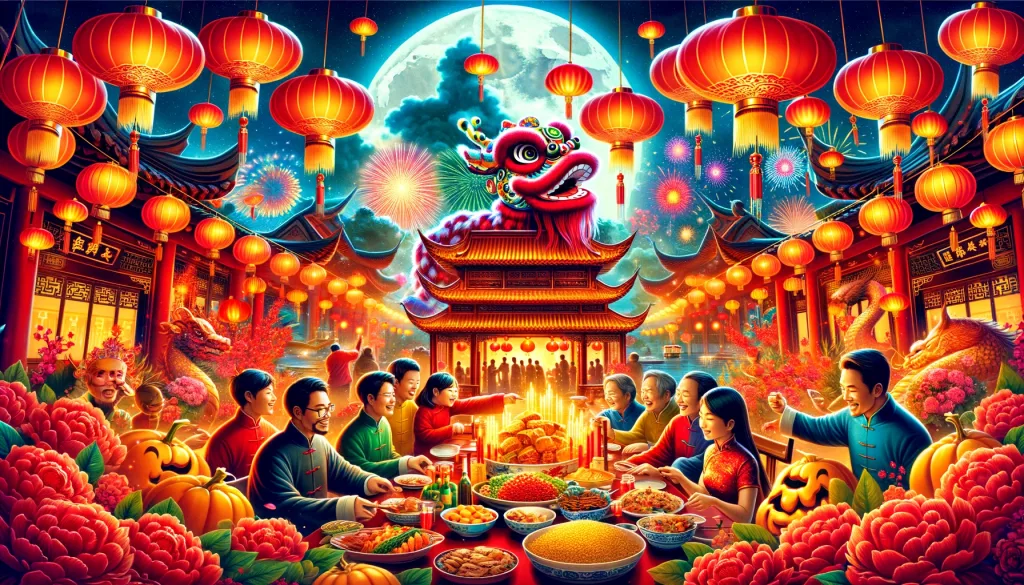
The Zodiac Animal of 2025: Year of the Snake
An integral part of the New Year’s significance is the Chinese Zodiac, a 12-year cycle with each year represented by a specific animal. Each animal is believed to influence the personality and destiny of those born in its year, adding a layer of personal significance to the celebrations. This year, the Year of the Snake brings a focus on wisdom, careful planning, and transformation. It encourages people to embrace patience and adaptability, offering a time to reassess goals and work toward personal and professional growth. For those looking to start new ventures or strengthen relationships, the Snake’s energy is believed to be particularly auspicious.
Years of the Snake
The Snake is one of the 12 animals in the Chinese Zodiac and represents years that hold special significance in Chinese astrology. The Years of the Snake include: 1929, 1941, 1953, 1965, 1977, 1989, 2001, 2013, and 2025.
Each year in the Chinese Zodiac is also associated with one of the five elements (Wood, Fire, Earth, Metal, or Water), which further influences the characteristics of those born in a particular Snake year. For instance, 2025 is a Wood Snake year.
Characteristics of Snake Years
Each cycle of the Chinese Zodiac spans 12 years, meaning the Snake comes around every twelfth year. The Snake is known for its wisdom, elegance, and mystery. Those born in the year of the Snake are believed to embody these traits, making them a time for thoughtful planning, introspection, and transformation. People often associate Snake years with a focus on growth, strategy, and adaptability.
Chinese Zodiac Animals
The 12 animals of the Chinese Zodiac are Rat, Ox, Tiger, Rabbit, Dragon, Snake, Horse, Goat, Monkey, Rooster, Dog, and Pig. You can find out which zodiac animal sign and the meaning behind it here!
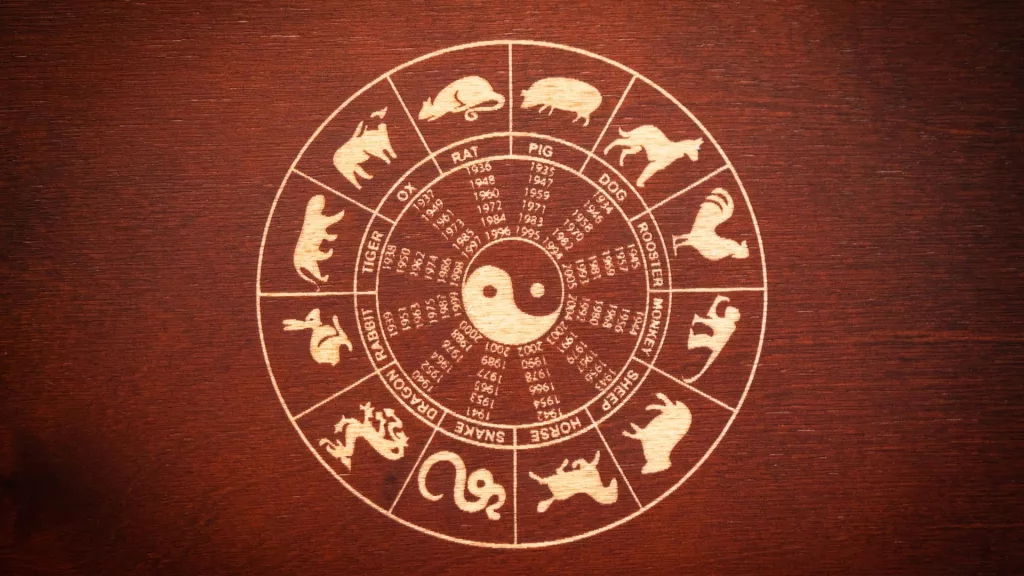
Traditional Celebrations & Customs of Chinese New Year
Chinese New Year, with its deep roots in history and mythology, is celebrated with a myriad of customs and traditions that have been passed down through generations. These practices not only add colour and excitement to the festivities but also carry profound meanings, symbolising wishes for prosperity, health, and happiness in the coming year.
Reunion Dinner
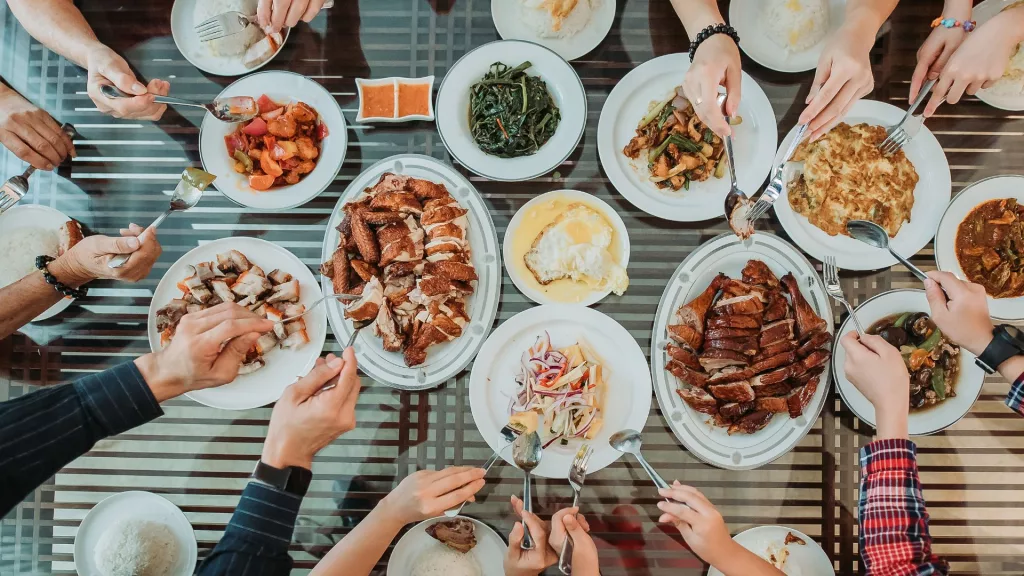
Central to the Chinese New Year celebrations is the reunion dinner, held on the eve of the New Year. Known as “Nian Ye Fan,” this feast is a time for families to come together, often travelling long distances to share in this most important meal. The dishes served are laden with symbolism; for instance, fish represents surplus and prosperity, dumplings resemble ancient Chinese money, symbolising wealth, and long noodles stand for longevity.
Exchanging Red Envelopes (Hongbao)
The giving of red envelopes, or “hongbao,” filled with money is a traditional way to pass on blessings and good luck. These are typically given to children and unmarried adults by the elder family members. The red colour of the envelopes symbolises good fortune and wards off evil spirits.
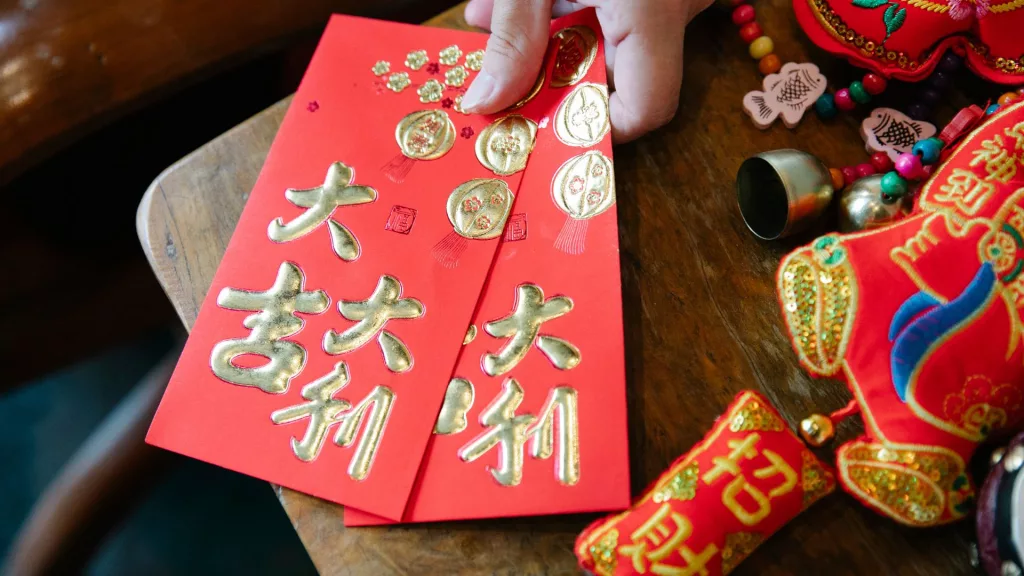
Cleaning and Decorating Houses
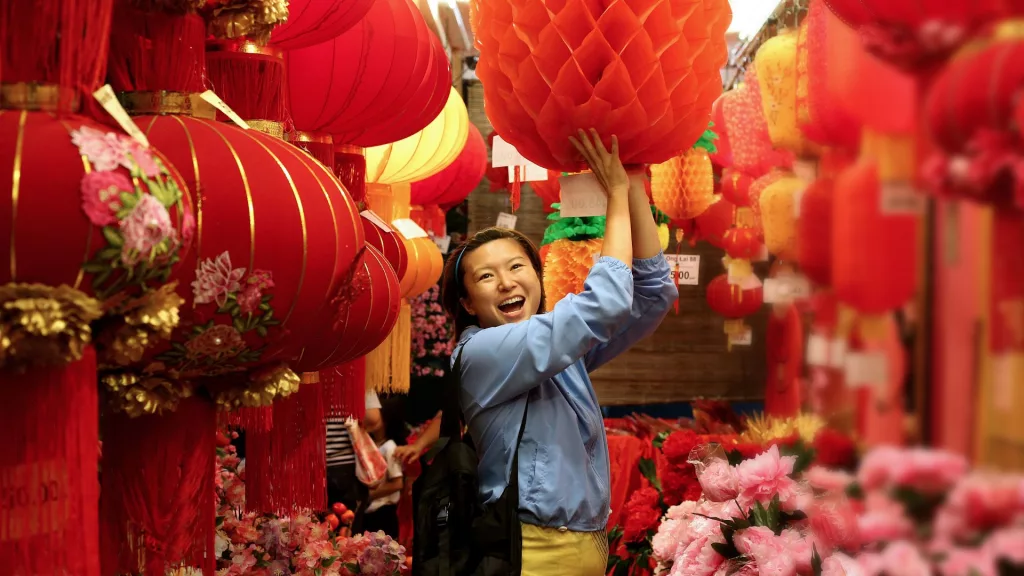
Homes and streets are adorned with red decorations, the most auspicious colour in Chinese culture. Couplets with hopeful messages, paper cutouts, and lanterns are hung with care to welcome the New Year and bring good luck.
Before the New Year arrives, it is customary to thoroughly clean the house to sweep away any ill-fortune and make room for incoming good luck.
Fireworks and Firecrackers
The tradition of setting off fireworks and firecrackers dates back to ancient times, intended to scare away evil spirits and Nian, the mythical beast. This loud and vibrant display creates a joyful atmosphere, marking the start of the New Year with a literal bang.

Dragon and Lion Dances
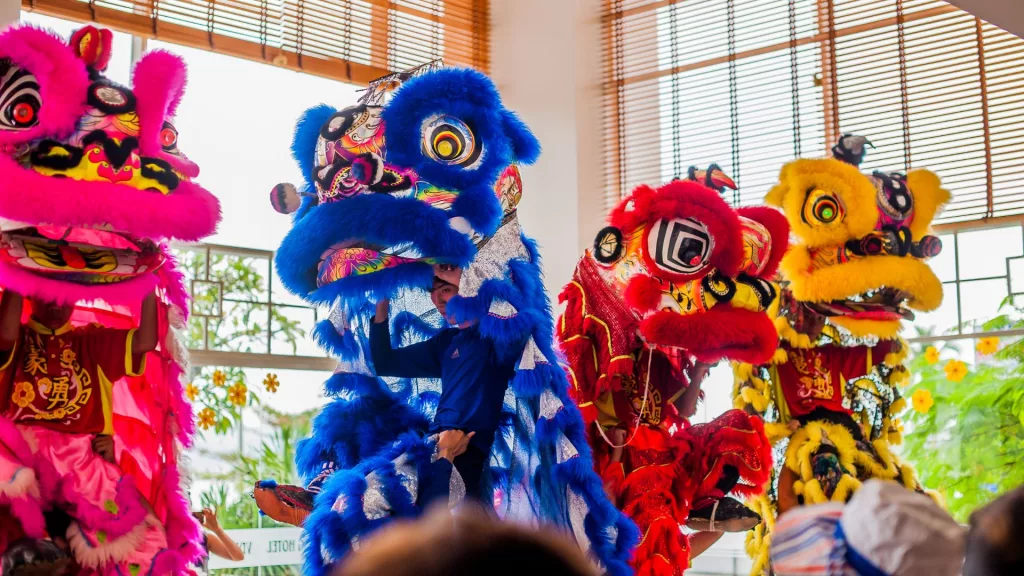
The dragon and lion dances are performed during Chinese New Year celebrations as a way to bring good luck and drive away negative energies. These energetic and colourful performances, involving intricate costumes and skilled dancers, are a highlight of the festivities, especially in public celebrations.
Lantern Festival
The Chinese New Year festivities conclude with the Lantern Festival on the 15th day of the first lunar month. On this night, people light lanterns and release them into the sky or float them on rivers. The festival also features the eating of tangyuan (sweet glutinous rice balls), symbolising family unity and perfection.

These customs, rich in cultural significance, not only serve to strengthen family bonds but also connect the community as a whole, creating a shared experience that is cherished across generations. Celebrating Chinese New Year is thus a profound reaffirmation of cultural identity and ancestral heritage, bridging the past with the present in vibrant and meaningful ways.
Food and Cuisine During Chinese New Year
Food plays a central role in the celebrations, with each dish carrying symbolic meanings and wishes for the coming year. The feast is a blend of flavours, colours, and aromas, carefully chosen to ensure a prosperous and lucky new year.
- Fish (鱼 – Yú): A staple in New Year feasts, fish is served whole to symbolise abundance and surplus through the year. The pronunciation of “fish” in Chinese sounds like ‘surplus’.
- Dumplings (饺子 – Jiǎozi): Shaped like ancient Chinese money, dumplings represent wealth and prosperity. It’s believed that the more dumplings you eat during the New Year celebrations, the more money you will make in the coming year.
- Spring Rolls (春卷 – Chūnjuǎn): Resembling gold bars, spring rolls are a wish for wealth and prosperity.
- Sweet Rice Balls (汤圆 – Tāngyuán): Served during the Lantern Festival, these round balls symbolise family togetherness and harmony.
- Noodles (面 – Miàn): Long noodles are eaten to represent a long life; the longer the noodle, the longer and healthier the life you are hoped to lead.
- Oranges and Tangerines: Often given as gifts and used as decorations, these fruits are symbols of good luck and wealth due to their golden colour and the similarity between the Chinese word for orange and the word for ‘success’.




